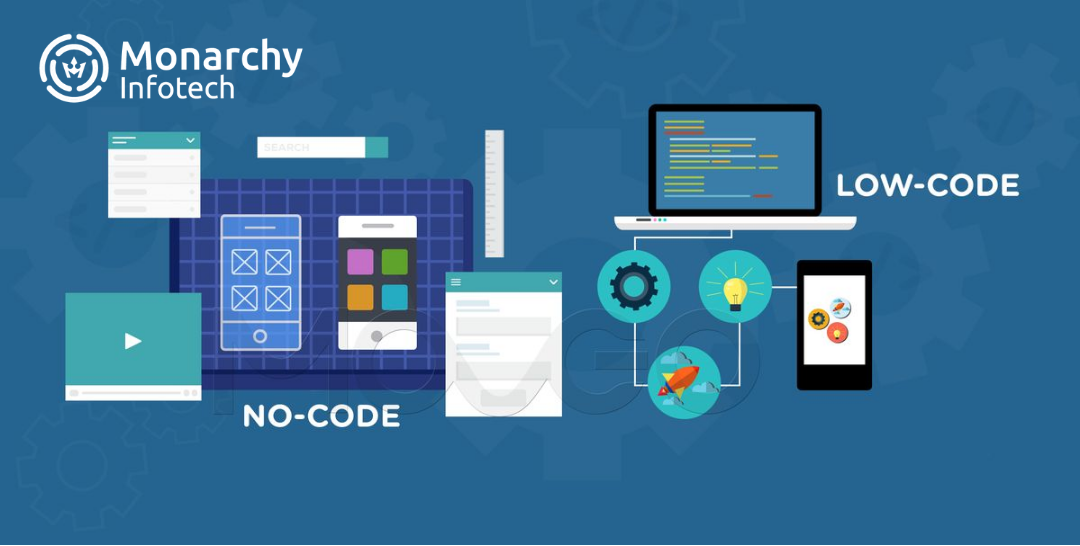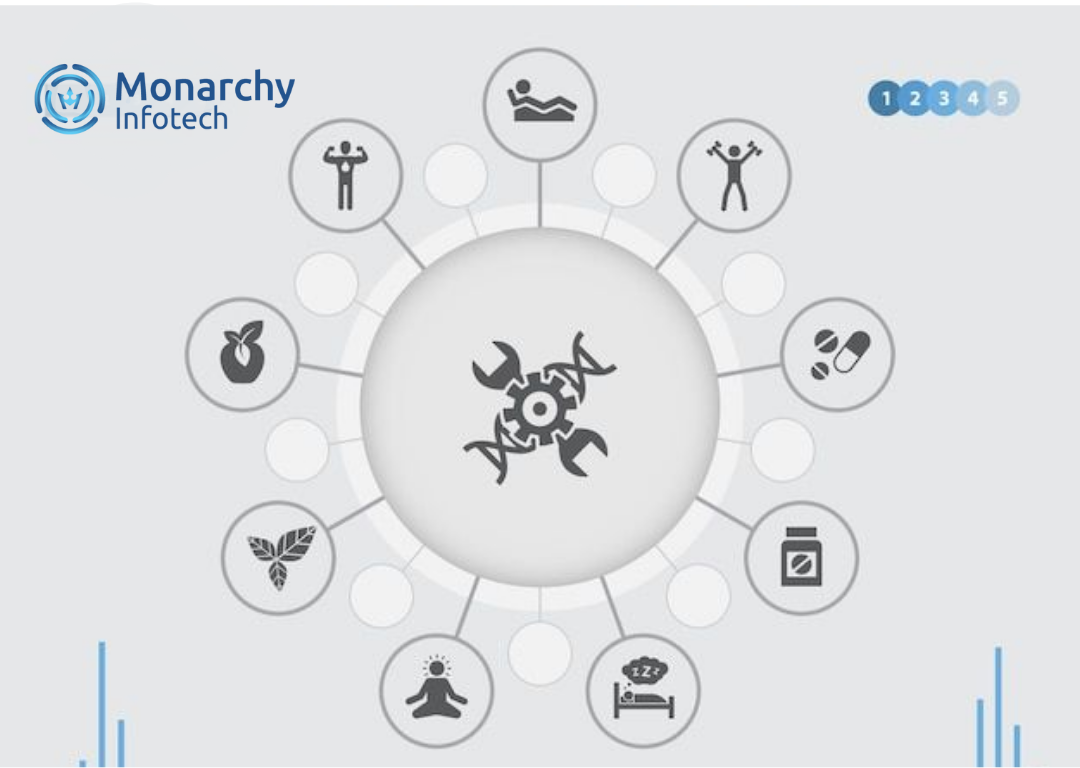No-code platforms are revolutionizing software development, empowering entrepreneurs, marketers, and business teams to make strong apps and workflows without needing to write a line of code. This blog discovers how no-code platforms are democratizing development, speeding up innovation, and empowering a new generation of digital creators that can make faster, cheaper, and smarter.

The Rise of No-Code Tools: Empowering the Next Generation of Builders
The Dawn of No-Code Tools: Enriching the Next Generation of Builders
With the rapid pace of the digital world today, software development no longer entails years of coding experience or an army of developers. This is made possible by the emergence of no-code tools, which enable everyone to transform an idea into a working app, website, or workflow—usually within a span of hours. This revolution is empowering the next generation of builders, business owners, and professionals across sectors.
What Are No-Code Tools?
No-code tools enable users to create software by using graphical user interfaces and drag-and-drop functionality rather than conventional programming. Whether one is developing a mobile application, automating a process, or designing a website, no-code platforms get rid of hand-coding.
Some common no-code tools are:
- Web flow – for responsive website design
- Air table – for feature-rich spreadsheet-database hybrids
- Bubble – for creating complex web applications
- Zapier – for business workflows automation
- Glide – for mobile applications that utilize Google Sheets
Why No-Code Is Exploding in 2025
1. Speed to Market
No-code development slashes development time dramatically. What used to take months can now be created in days—giving businesses and startups a decisive competitive advantage.
2. Cost Efficiency
No more hiring full dev teams per idea. No-code allows small teams (or soloists) to create MVPs and full-fledged products without financial breakdown.
3. Empowerment for Non-Technical Teams
Marketing, HR, operations, and sales teams can now create their own solutions—such as internal dashboards, landing pages, or automated workflows—without relying on IT support.
4. Spurs Innovation
With fewer obstacles to experimentation, teams can quickly prototype, test, and iterate—driving greater innovation and less risk.
5. Fills the Skills Gap
Not everyone is a developer, but with no-code, more individuals can contribute to digital transformation. This democratizes technology across industries and job functions.
Who's Using No-Code?
- Startups developing MVPs without technical co-founders
- Companies optimizing internal workflows with bespoke tools
- Marketing teams developing landing pages, forms, and lead-gen funnels
- Teachers developing course sites or student portals
- Freelancers and solopreneurs deploying side projects and eCommerce sites
- No-code is no longer niche—it's going mainstream.






